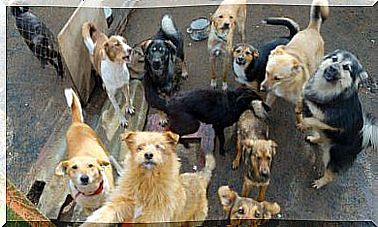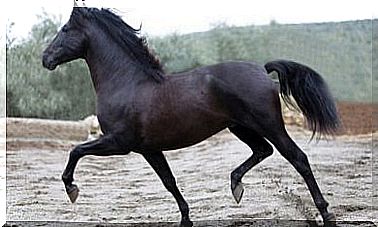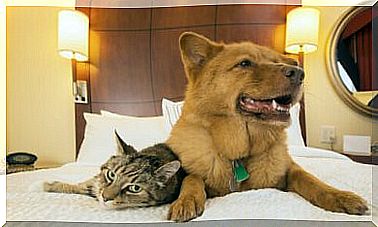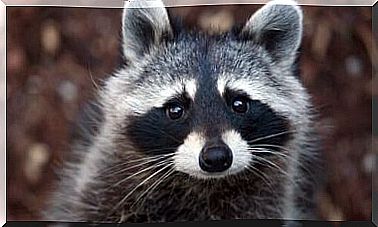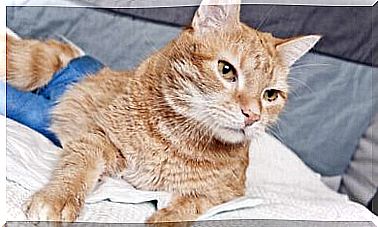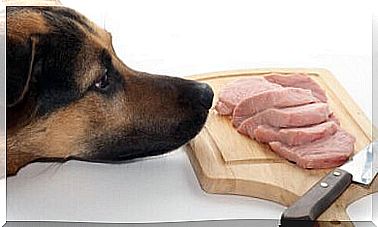Domestic Boar Breeding

The wild boar ( Sus scrofa ) is one of the 16 species belonging to the Suidae family, and today it is also farmed. Its original geographical distribution was Eurasia and North Africa but, since then, it has been introduced by man in both America and Oceania. It is considered one of the terrestrial mammals with the greatest geographical dispersion.
The pig, after centuries of domestication, has become one of the farm animals par excellence, but today it is also the wild boar. It may not be a first-choice species, but its domestication has shown a number of advantages that other species do not have.
On the other hand, we have the thorny issue of boar hunting, an activity that presents numerous ethical dilemmas. In this article we show you the peculiarities of domestic boar breeding.
Wild boar in the wild
To understand how this species is bred in captivity, it is first necessary to know how it behaves in nature. The social behavior and eating habits of the wild boar are certainly factors that should not be underestimated when it comes to taming it.
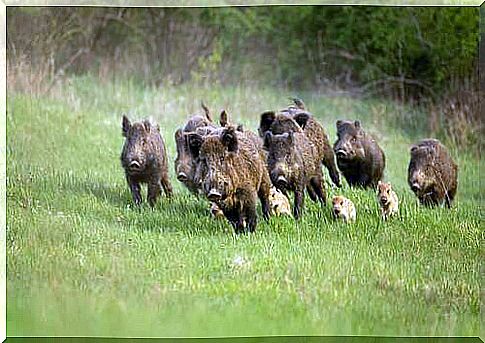
Behavior
The wild boar is a nocturnal animal that begins to be active just before sunset. In fact, once the sun goes down, these animals embark on long journeys that can extend up to over 15 kilometers. These walks are somewhat less common in females, especially if they are accompanied by their young.
Despite being able to move at night, the sight of the wild boar is not very good. Perhaps for this reason he has the other more developed senses, such as hearing and smell,
Pack life
Wild boars live in matriarchal groups of up to 20 individuals, with two or three mature females and their young. These flocks are governed by a hierarchy, where there is always a dominant female. The only males admitted to the group are the immature juveniles.
The diet of wild boar
It is an omnivorous animal that eats a wide variety of foods. Their diet is 90% of vegetable origin and the remaining 10% of animal origin. Vegetables include roots, bulbs, tubers, fruits and berries. As for animals, the wild boar eats small rodents, bird eggs, snakes, lizards, worms and all kinds of larvae.
Did you know that wild boar changes their eating habits to adapt to the seasons of the year? In the fall, eat fruits such as acorns, chestnuts, or olives, which are high in protein and healthy fats. This especially helps females to maintain optimal physical conditions for the breeding season.
Domestic boar breeding
From the point of view of breeding, wild boars are very rustic animals that adapt easily to their environment. Thanks to this, among other things, they rarely get sick. They do not need assistance when they give birth, and even more rarely will they need a vet visit.
On the other hand, wild boars are animals that consume more forage than concentrate. What does this mean? It means their diet is cheaper and their growth is slower and more natural than pork. Furthermore, it is possible to breed it in marginal areas or of lower quality, where it is not possible to breed other animal species.
Unfortunately, wild boars can also act as important vectors for some diseases. For this reason, hunting and other unregulated practices are strongly discouraged.
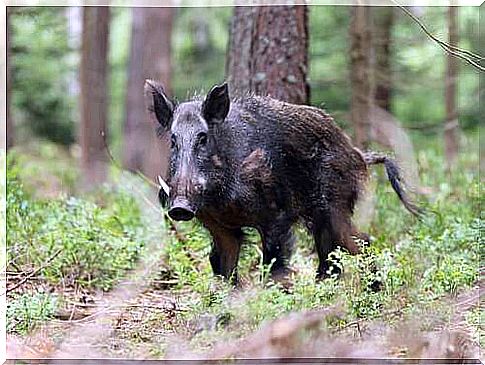
Regulate boar breeding
When wild boars are caught, they should theoretically be taken to a game testing center. There a veterinarian will carry out the relevant health checks and decide whether or not it is suitable for human consumption. However, hardly anyone does: most people who hunt wild boars eat them, exposing themselves to serious health risks.
Therefore, if the demand for wild boar meat continues to increase, it will be better to continue promoting its traditional farming. In this way we will avoid the health, ethical and environmental problems triggered by unregulated hunting.
